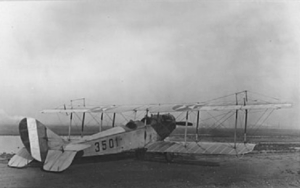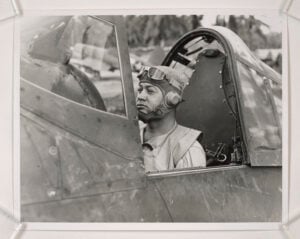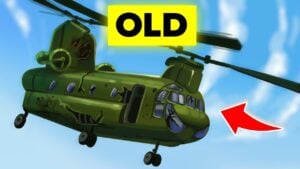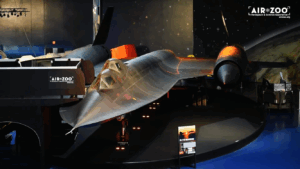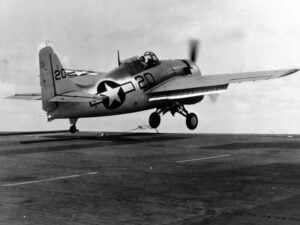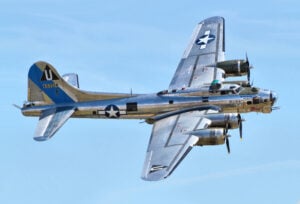How One Hidden Flaw Made Japan’s Legendary Zero Deadly for Its Own Pilots
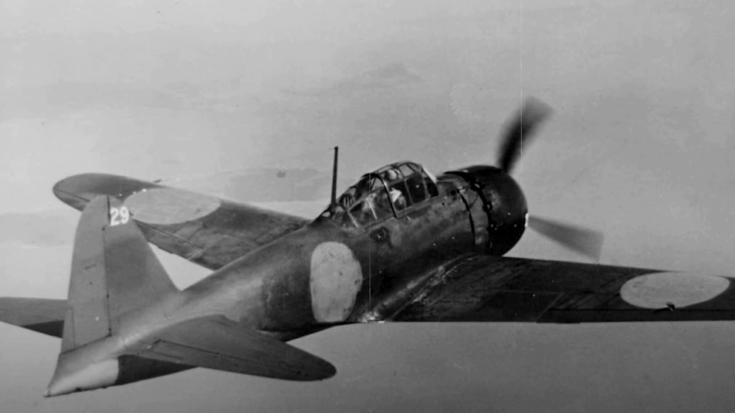
Crash Course Aviation / YouTube
The Sky Over Guadalcanal
In December 1942, above the waters of Guadalcanal, an American pilot dove sharply toward the sea with a Japanese Zero close behind. Both aircraft plunged at incredible speed, engines screaming as they cut through the air. The American pulled up just in time. His plane shuddered but held. The Zero pilot attempted the same move—but his wings began to flutter and tear apart under the stress. In seconds, the fighter disintegrated mid-air.
The Zero had been the most feared aircraft of the Pacific War. Its agility and range stunned Allied pilots, who soon learned that fighting one was nearly hopeless. For more than a year, it dominated the skies. Yet behind its success was a flaw that turned the plane into a death trap for the very men who flew it.
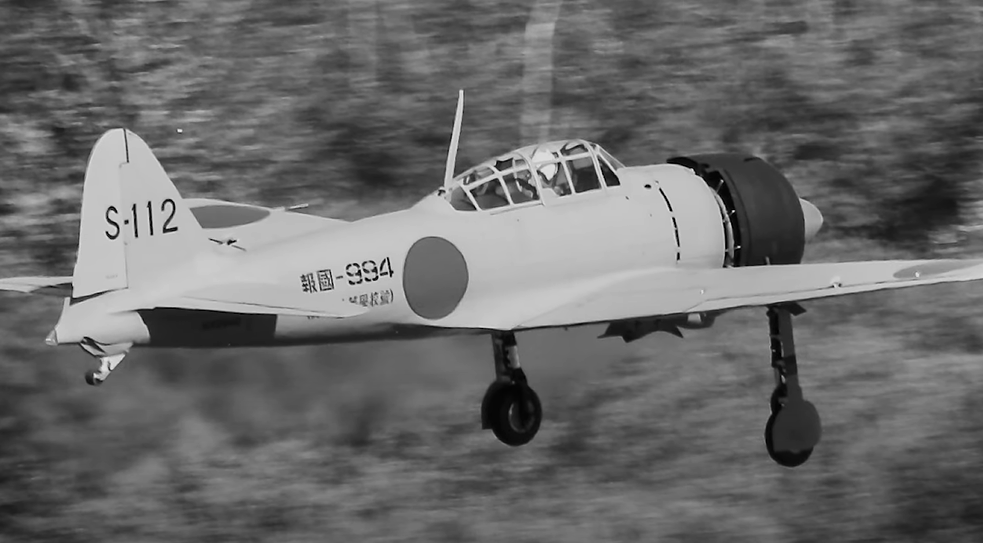
The Birth of a Legend
When the Mitsubishi A6M Zero first appeared in 1940, it seemed to defy physics. Japanese engineers, led by Jiro Horikoshi, were told to build a fighter that could outclimb, outturn, and outrange anything ever flown. With limited engine power, the only way to meet these demands was to make the aircraft as light as possible. Every ounce of unnecessary weight was removed.
The result was astonishing. The Zero could fly over 1,500 miles without refueling, turn in impossibly tight circles, and climb faster than its opponents. Pilots described the controls as effortless, as if the aircraft responded to thought rather than touch. When Japan entered the war in 1941, the Zero dominated Pearl Harbor, the Philippines, and Southeast Asia. Allied pilots soon learned the only reliable tactic against it was to flee.
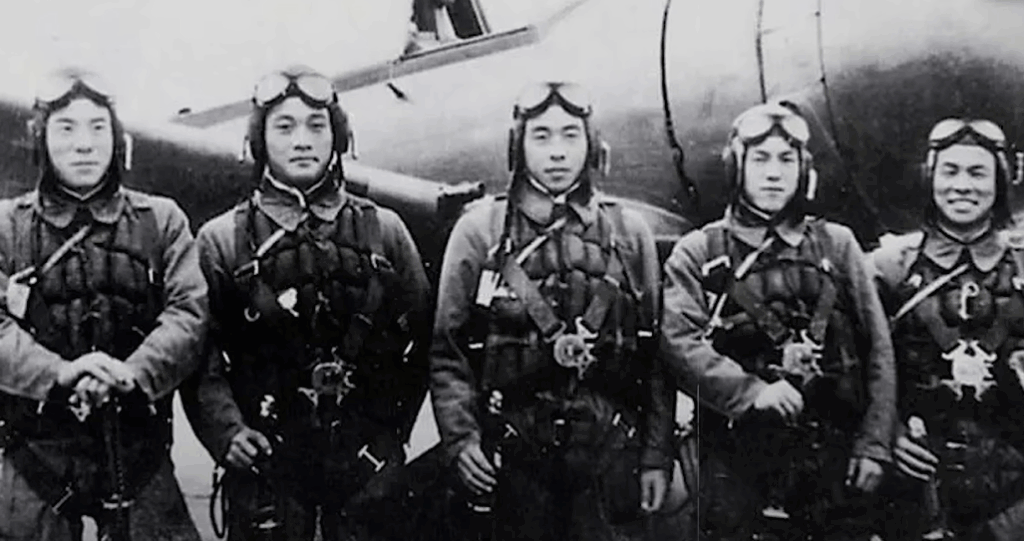
A Deadly Trade-Off
But that unmatched performance came at a terrible cost. To make the Zero so light, its designers removed armor plating around the cockpit and left its fuel tanks unprotected. The plane’s thin aluminum skin saved weight but provided no defense against gunfire. Even a short burst from a .50-caliber machine gun could tear the plane apart or set it ablaze.
Japanese ace Hiroyoshi Nishizawa once wrote to his sister, “Each time I climb into the cockpit, I wonder if this will be the day a single bullet finds me. We have no protection. We are samurai riding into battle on horses made of paper.” Many pilots flew without parachutes to save weight, accepting that one mistake or lucky shot would mean death.
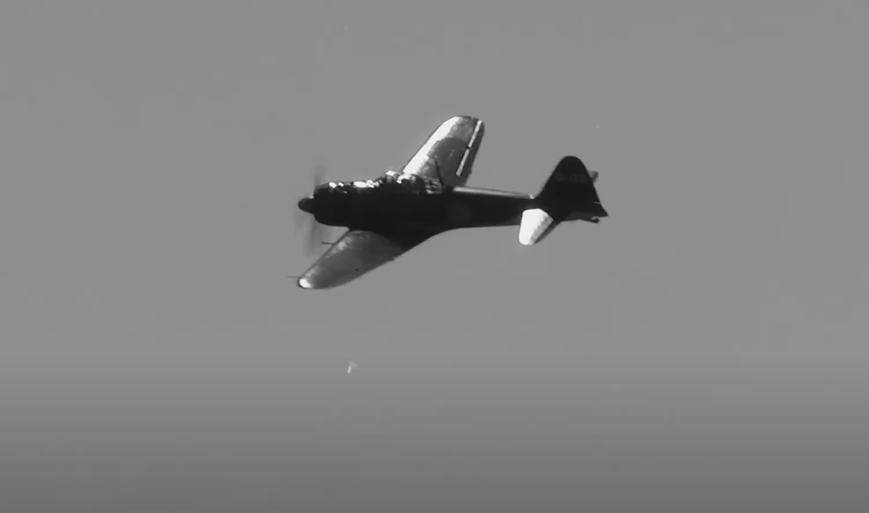
American Tactics Turn the Tide
By mid-1942, Allied forces began studying how to counter the Zero’s strengths. U.S. Navy pilot John “Jimmy” Thach devised a team maneuver known as the “Thach Weave,” where two fighters covered each other in coordinated turns. If a Zero chased one plane, the other would swing behind it for the kill. American pilots also developed “boom-and-zoom” tactics—diving from high altitude, firing, and speeding away before the Zero could react.
The lightweight Japanese fighter couldn’t handle such high-speed dives. Its controls locked up, and its structure often failed. As the Allies adopted these tactics and fielded sturdier aircraft like the F6F Hellcat, the Zero’s once-feared reputation began to crumble.
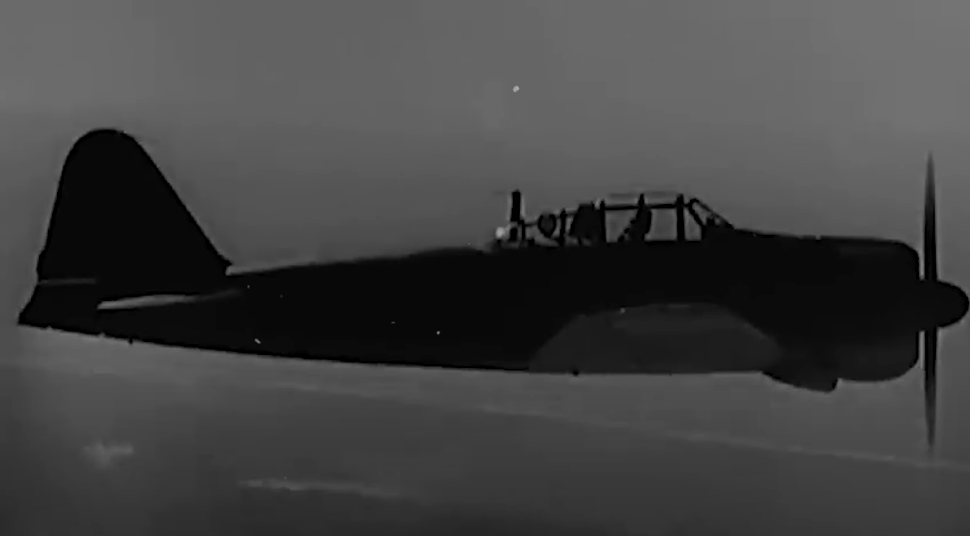
The Psychological Toll
By 1943, Japanese pilots faced grim odds. Their training programs shortened as veteran fliers were lost faster than replacements could be made. Many new pilots barely had flight experience before being sent into combat. In diaries recovered after battles, young airmen admitted they no longer believed in victory. “We know the mathematics of our fate,” one wrote. “The Zero was built for a short war, and we are dying in a long one.”
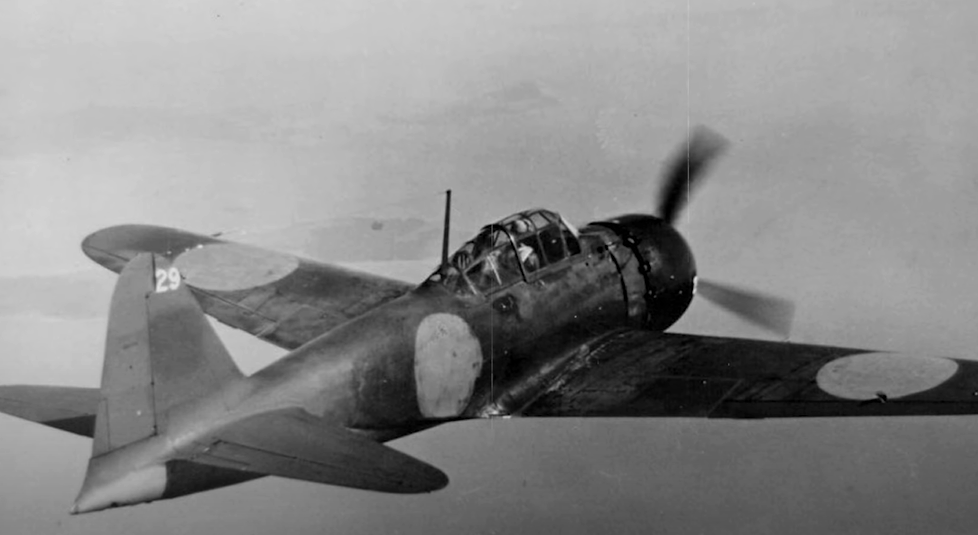
A Symbol of Brilliance and Tragedy
Late-war versions of the Zero attempted to fix its flaws with armor and self-sealing tanks, but Japan’s industry was collapsing under American bombing. Most pilots continued flying the fragile original design until the war’s end. The Zero, once a symbol of national pride, had become a quiet horror to those inside its cockpit.
Today, surviving Zeros displayed in museums stand as reminders of both extraordinary innovation and the human cost of pushing performance beyond safety. The fighter that once ruled the Pacific skies ultimately claimed more Japanese lives than it saved.













